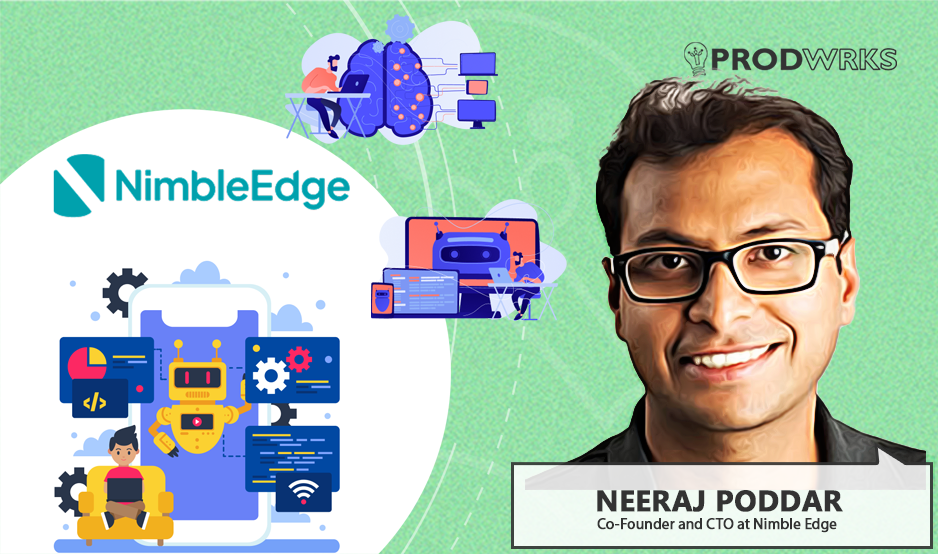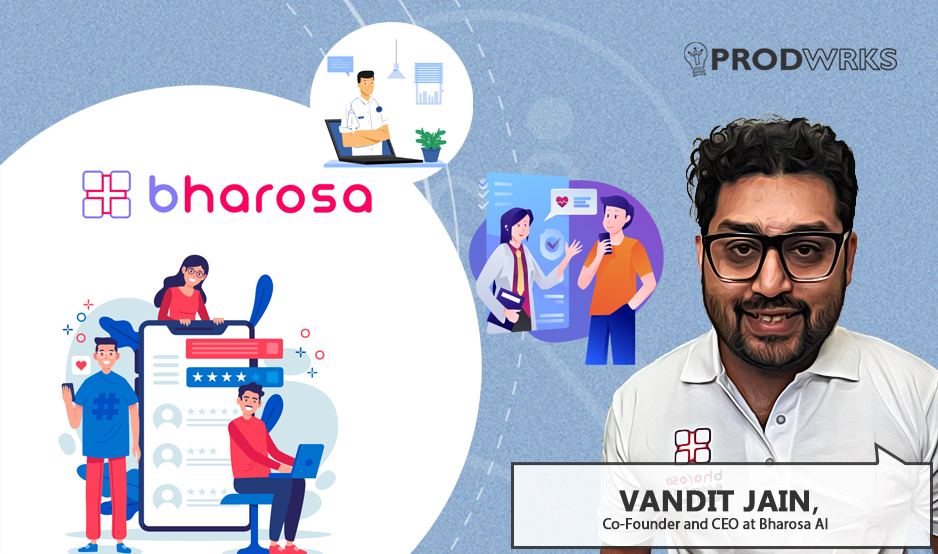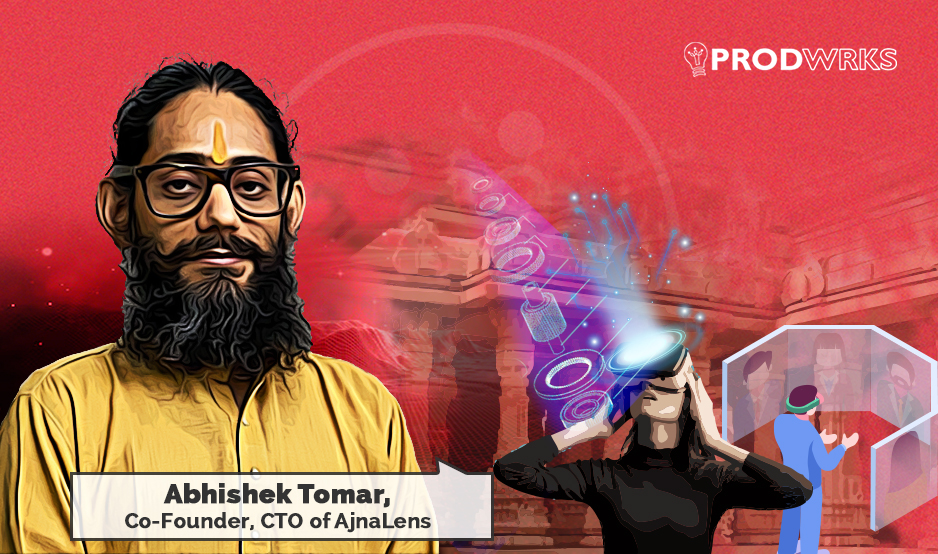
One of the major problems in a developing country like India is unemployment. Job shortage cannot be stated as the sole reason for it. Even for jobs with an apparent demand for labour, we do not have educated or skilled personnel on the supply side.
“The root cause of unemployment, if we think about it, is the 300-year-old British-era education system that we follow, which, barring syllabus changes, has not really evolved in the way we learn or teach,” says Abhishek Tomar, Co-Founder and CTO of AjnaLens.
"If the way people learn is wrong, then how will they earn? The education system does not meet the needs of modern enterprises and industries," he adds.
Founded by Pankaj Raut (CEO), Abhishek Tomar (CTO), and Abhijit Patil (COO) in 2014, AjnaLens puts forth experiential learning as a solution to completely change how modern India learns and earns by tapping into India’s burgeoning creator economy.
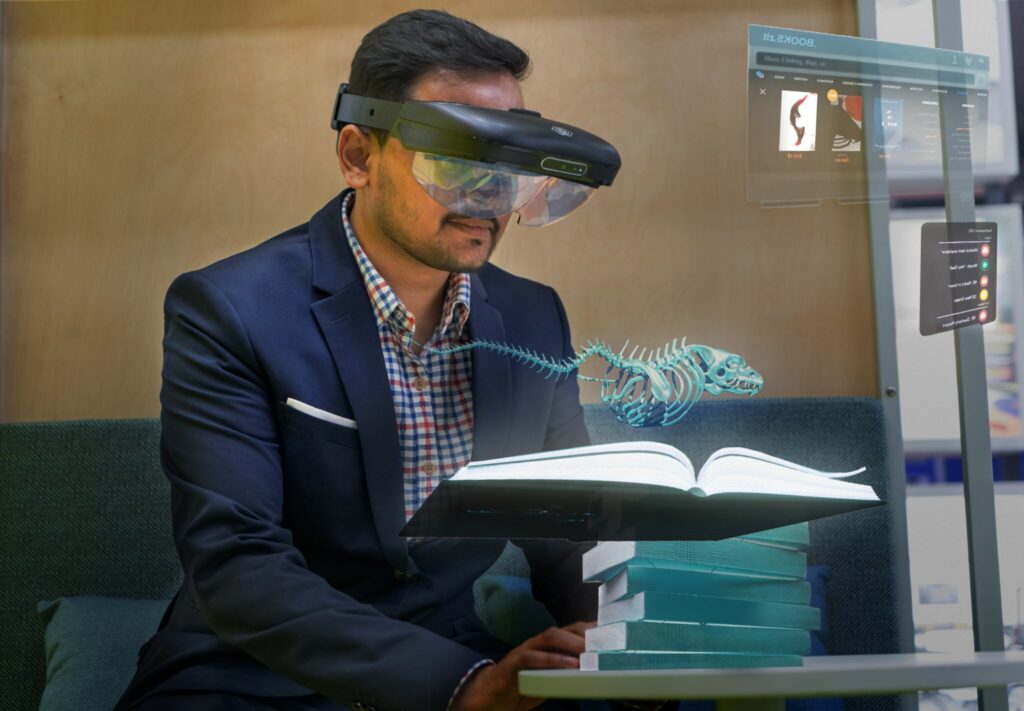
Abhishek Tomar and his team at AjnaLens are building an end-to-end extended reality (XR) tech ecosystem with indigenously developed XR hardware (headsets, haptic gloves, etc.) and software platforms (learning modules, XR content developer tools, etc.).
With their tools and software solutions, AjnaLens not only empowers learners, but also enables educators and content developers to create and publish XR course materials.
Can Experiential Learning Through Extended Reality Improve Education in India?
"Whatever we learn today is in two dimensions. We can't solve multidimensional problems of the real world if we learn through 2D. We have to enter the next dimension," says Abhishek.
To drive home this point, Abhishek cites Dale’s Cone of Experience – a research model on learning processes and outcomes proposed by American educator Edgar Dale. Dale’s research theorized that learners retain more information by what they ‘do’ as opposed to what is ‘heard, read or observed.’
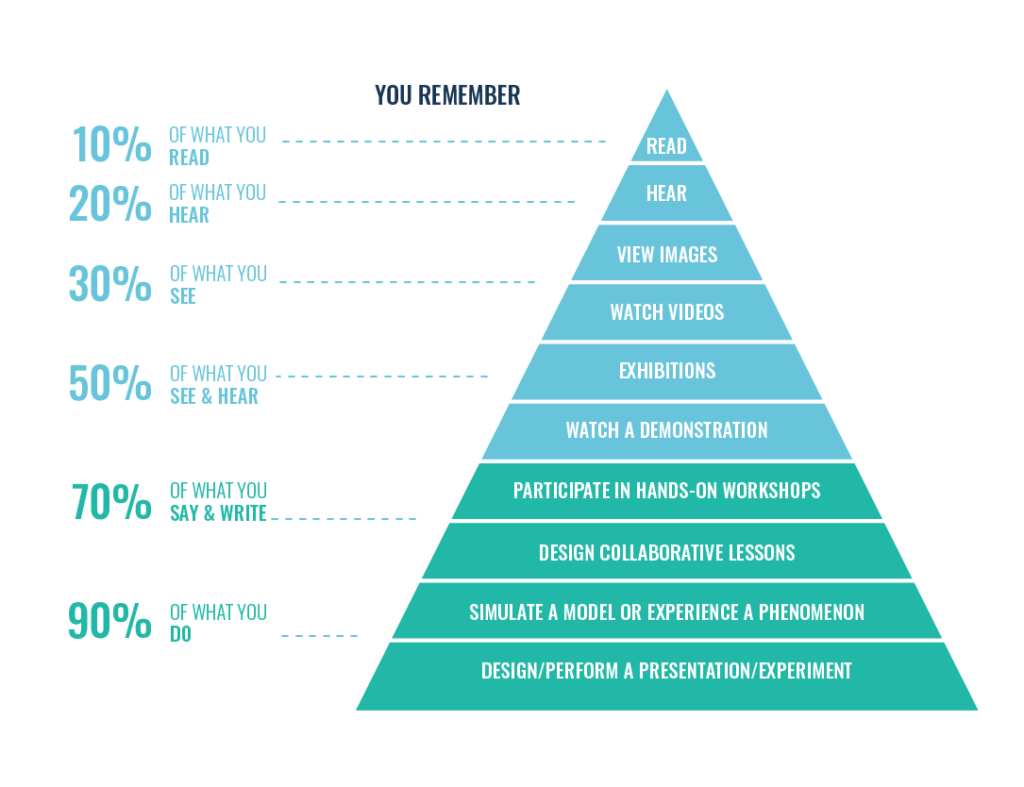
However, even in premier institutes like the IITs, it’s not possible to have all the facilities and machinery for practical courses.
"Educational institutions do not have the resources to procure all the equipment to build and maintain aircraft or oil rigs, for instance. So we are shown pictures and videos and asked to learn from them. But, students can't get complete knowledge unless they practically experience these tools and learn their workings by assembling or disassembling them," says Abhishek.
To give learners the practical experience of real-world work environments and tools, Abhishek and the AjnaLens team have created an entire arsenal of cutting-edge XR hardware products (including headsets and haptic gloves) and a platform for XR courses (AjnaVidya) which give three-dimensional learning experience that can fully engage the human brain and body for maximum retention of what they learn.
Building Localised XR Hardware for India
Central to Abhishek’s vision for AjnaLens are their XR headsets – AjnaXR SE and AjnaXR Pro. These mixed reality headsets provide augmented reality (AR) and virtual reality (VR) experiences, enabling wearers to immerse themselves in simulated course environments published in the AjnaVidya platform.
The headsets boast features like pass-through cameras, high-resolution displays, hand and eye tracking capabilities, and lightweight, ergonomic designs – all developed in-house by the AjnaLens team in India.
“The main reason for building the XR hardware in-house is to make full use of user-generated data like precise eye tracking and hand movements,” says Abhishek, explaining the rationale behind developing their own XR hardware when there are readily available headsets like the Apple Vision Pro, Microsoft’s Hololens, and the Meta Quest.
"It's hard to obtain specific data for our needs and use cases from external XR manufacturers. If we want to give learners the best XR training experience, we should build our own hardware and make full use of the data from it. We use this data to make the platform better and also give analytical insights to help our course builders create more intuitive XR content for the learner."
Having their own hardware also gives the AjnaLens team the freedom to design and launch durable products for Indian B2B use cases where the hardware needs to withstand the demands of rigorous use in the hot and dusty environments of Indian factories and training centers.
"We have deployed AjnaLens in multiple ITIs and factories. There are hundreds or thousands of students in a typical workshop or training centre, and a single XR headset would be shared between 10 or more people. We have anticipated this and built our headsets with durable materials to handle rough usage in India. The headsets are also easy to clean to maintain hygiene."
The AjnaXR Pro is priced at Rs 1,15,499, and the AjnaXR SE costs Rs 84,999. However, for a nominal subscription fee at a fraction of the actual cost of the headsets, the AjnaVidya platform gives subscribers access to the hardware resources like XR headsets needed to learn and develop XR courses.
"The goal of AjnaLens is to give grassroots-level institutes the same education that's now available in IITs and Ivy League institutes," says Abhishek.
Making India a Hub for Extended Reality Resources with AjnaVidya
"Any XR developer or content creator can utilize AjnaLens' developer and publisher tools to build and upload simulation-based training courses in the AjnaVidya platform."
AjnaVidya platform offers SDKs with a user-friendly drag-and-drop interface, eliminating the need for coding to build XR courses. For developers, Ajna Developer Hub offers necessary SDKs, APIs, documentation, and tutorials, enabling them to shape immersive content and experiences that resonate with the use.
On the other hand, Ajna Publisher Hub will empower creators with insights and analytics for their content, providing real-time data on performance, engagement metrics, demographic insights, market trends, and performance benchmarks.
By enabling XR publishers and developers to create course material and content on the platform, Abhishek opines that India’s strong creator economy will solve the adoption problem.
"Right now there may not be many compelling use cases for mass adoption of extended reality hardware. But Indians have always been the biggest and fastest adopters of any technology. We are the largest users of mobile-based payment systems. We also have the biggest base of content creators on YouTube. I'm confident XR content adoption will also automatically happen."
"Cost is perceptive. The phones which we used to buy earlier were much cheaper. Now, people don't mind spending Rs 20,000 or 30,000 for a smartphone."
Today, Abhishek says that the trend in the industry is to make XR devices smaller and lighter and build innovative solutions for specific use cases. He believes XR adoption would give rise to a broader availability of XR hardware sporting various features in different price ranges.
"With wider adoptions of XR, there will be people ready to pay for a superior experience for their individual use cases. For example, if somebody needs a driving or cycling assistant, we would see a Google Lens type of eyewear that displays just AR textual information. Depending on the use cases, we'll see XR products in different price segments and form factors."


